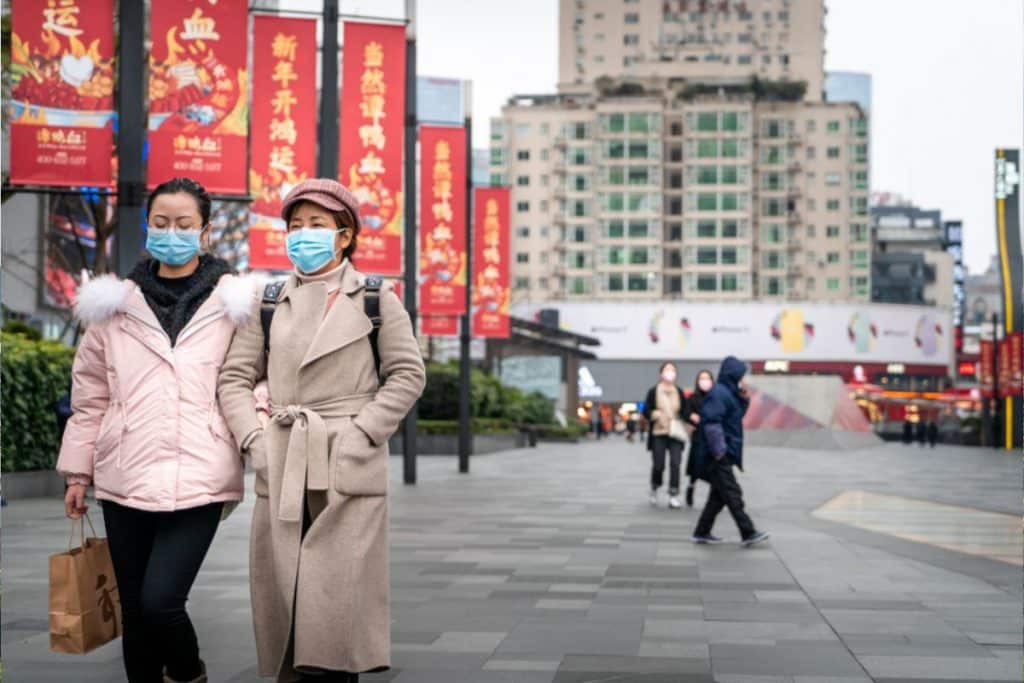China has shortened quarantine time for international visitors as a first step toward relaxing its Covid-19 border controls.
Under new instructions announced Tuesday by the National Health Commission, those arriving in mainland China must now spend seven days in a government-managed quarantine facility, followed by three days of isolation at home.
Travelers must still undergo regular testing and show a negative test result before being released from quarantine.
The previous hotel quarantine period was 14 days, plus seven days spent at home. Some places, including Beijing, had already shortened the quarantine period from ten to seven days.
The quarantine rule is a component of China’s “zero-COVID” plan, which includes lockdowns and widespread testing in an effort to keep the virus outside the nation and limit its spread.
According to Mi Feng, a spokeswoman for China’s National Health Commission, the new strategy is an optimization to make the country’s approach more exact and scientific rather than a relaxation of it.

Meanwhile, officials in Beijing have caused consternation and worry by declaring that a severe zero-Covid policy, which includes obligatory testing and travel restrictions, might be implemented over the next five years.
The notification, which was released on Monday afternoon, was credited to Cai Qi, the Chinese Communist Party’s Beijing secretary. “In the next five years, Beijing will unremittingly grasp the normalization of epidemic prevention and control,” he said.
The warning was issued initially by Beijing Daily and then by other official media sources. It rapidly spread on social media, however, the term “five years” was deleted from the majority of online publications.
Nevertheless, China continues to adopt a zero-tolerance COVID-19 approach across the country. Stay-at-home orders, entrance and exit controls, non-essential business closures, and public transportation bans are being implemented in regions where COVID-19 action is occurring.
Regardless of risk level, some municipal governments demand individuals to submit a negative COVID-19 test result in order to use public transportation and access airports, railway stations, and subway stations.

